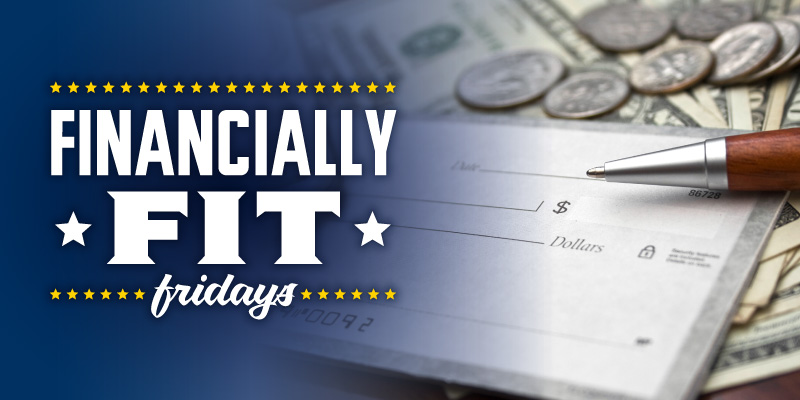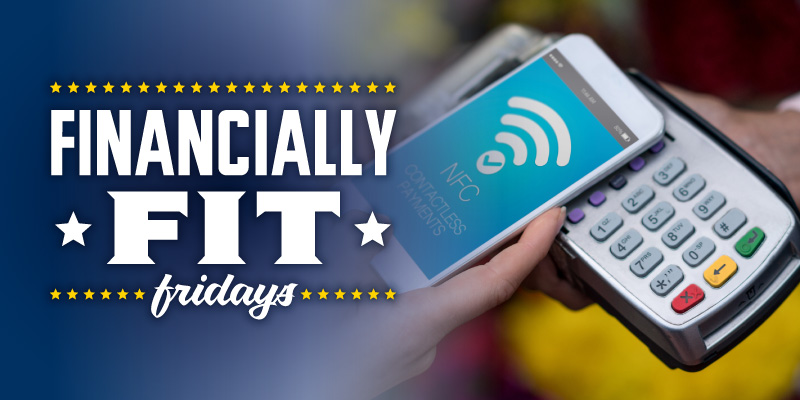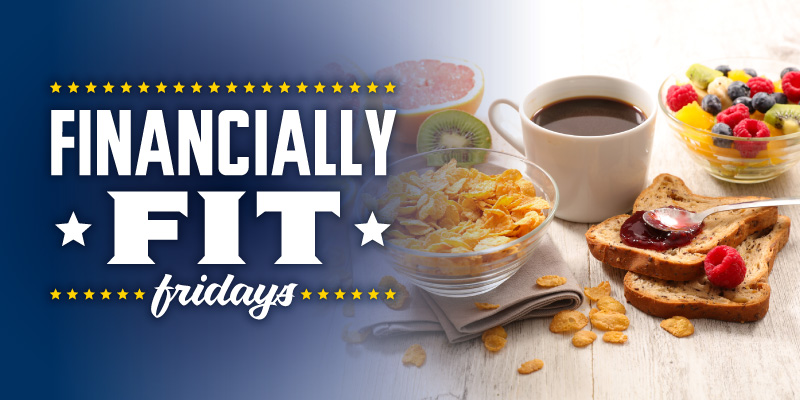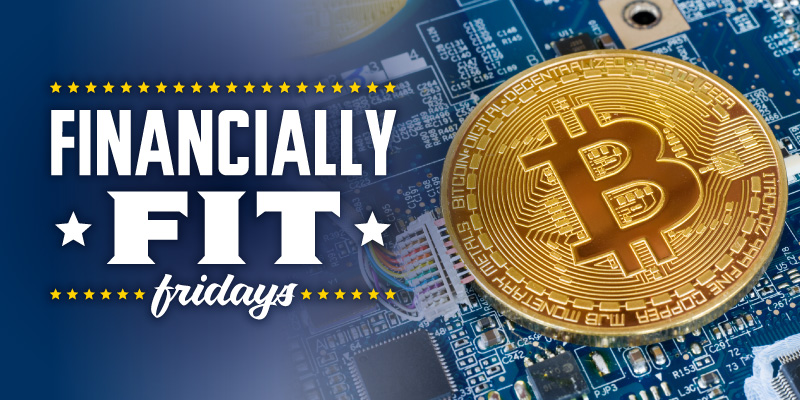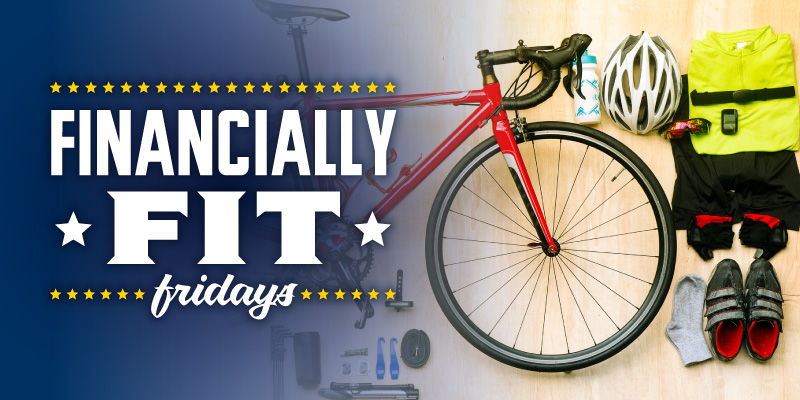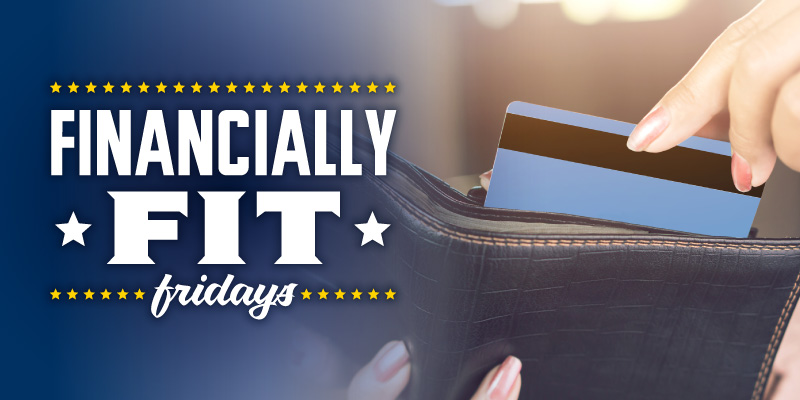Checking Pinterest & Instagram is a great way to find fun ideas for kids’ birthday parties, but it’s easy to be overwhelmed when you see how much other people are spending. There’s no need to take out a loan for your next bash, however. Here are ten tips on how to save while celebrating.
- Themes – Decide with your child what kind of party is ideal. Picking a theme helps keep you focused on what you need to buy. Find inexpensive treats, decorations, games and party favors that fit. A little creativity can go a long way and make the occasion more memorable.
- Limit the guest list – While your son or daughter may want to invite everyone in your neighborhood (as well as the next one), it’s best to keep the guest list short. Try keeping it to close friends and family.
- Find a free venue – These usually require that you do most, if not all, of the set-up and clean-up yourself, but hosting birthday parties at your own home is the least expensive option. If you need more space, consider going to a park or reserving a room at a local community center.
- Sign up for savings – If your little boy or girl is intent on going to a restaurant or family fun center, sign up for the company’s birthday club. These loyalty programs typically offer discounts on reservations, free game tokens, or even free admission. Register early, though, because processing may take a few days.
- Cut out the cost of decor – The dollar store has a wide variety of paper goods, decorations, and even costumes to fit your theme. However, don’t assume that everything there is a good deal. Compare prices online and get the best bargain.
- Get crafty – Your kids can be involved in making the invitations and decorating the space. They will love expressing themselves and putting their work on display for all to see. You can even make crafting part of your festivities and have guests make something to take home instead of candy and toys.
- Bake the cake – Cake mixes are less expensive than store-bought items. Make your own with your child and, remember, it doesn’t have to be perfect. Kids can add their own touches with the frosting and sprinkles.
- Time it right – If you don’t want to spend money on food for a large group, have the party start after 2 p.m. and end before 5 p.m. so guests don’t expect a meal. If your child wants treats in addition to cake and ice cream, have everyone decorate cookies or cupcakes, which is an activity and treat combined into one.
- Examine the entertainment – Keep the activities simple. Well-known games such as freeze tag, musical chairs, charades, Simon Says, limbo and pin-the-tail-on-the-donkey can be modified to fit the theme and don’t require many supplies. You can also check out movies from your local library to put on as things are winding down.
- Combine the celebrations – Finally, consider having joint birthday parties with friends or family members who were born around the same time. Then you can split the costs, saving you even more money.


